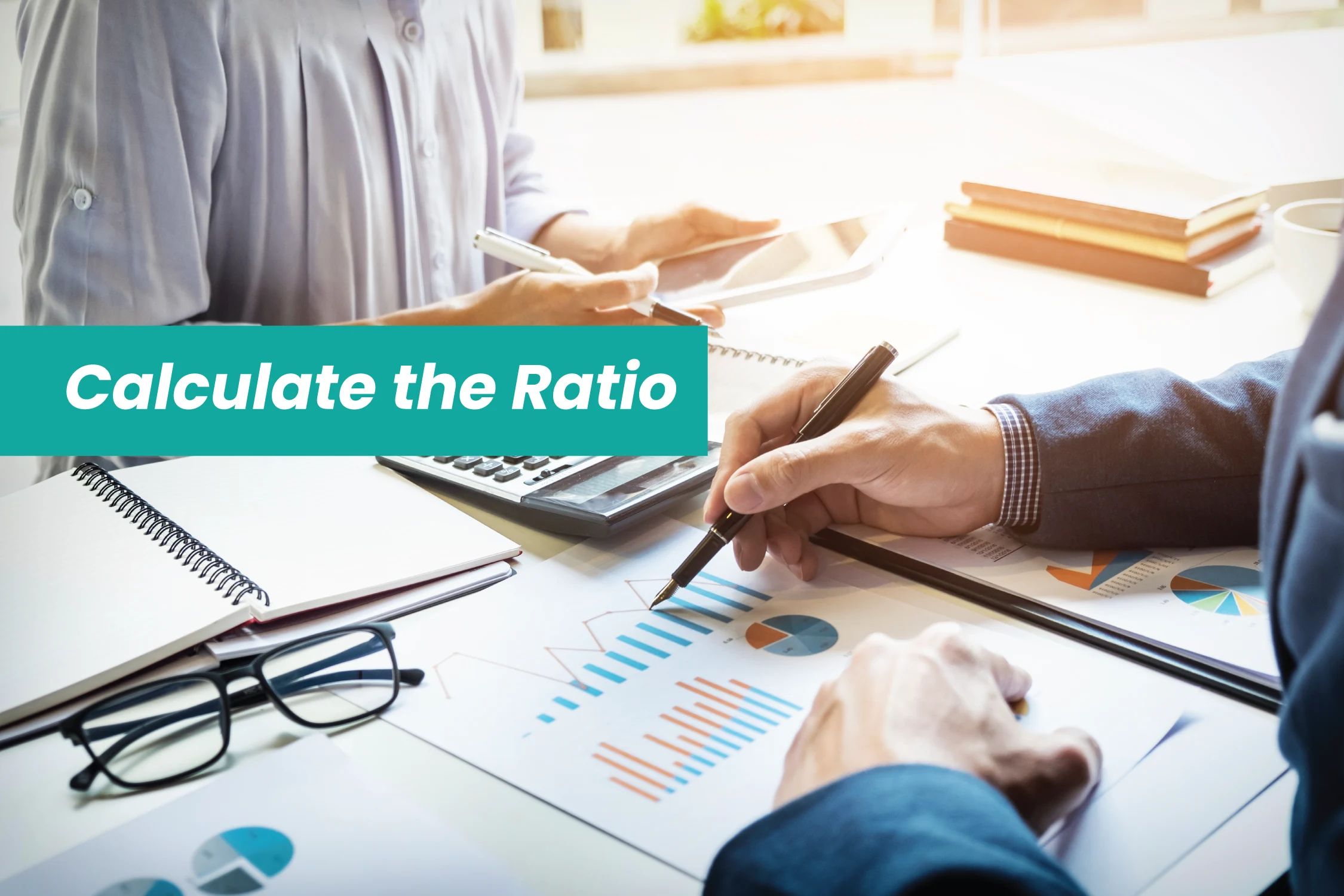5 Essential Facts About Accounts Payable Turnover Ratio
What is the Accounts Payable Turnover Ratio?
The Importance of Accounts Payable Turnover Ratio (APTR)
How to Calculate the APTR

The formula to calculate the accounts payable turnover ratio is pretty simple. You divide the total purchases from suppliers by the average accounts payable. Here’s the formula:
Accounts Payable Turnover Ratio = Total Purchases / Average Accounts Payable
H3: Example Calculation
Let’s say a company has made total purchases of $500,000 in a year. At the beginning of the year, its accounts payable was $50,000, and at the end of the year, it was $70,000. The average accounts payable is calculated as:
Average Accounts Payable = (Beginning Accounts Payable + Ending Accounts Payable) / 2
Average Accounts Payable = ($50,000 + $70,000) / 2 = $60,000
Now, using the formula:
Accounts Payable Turnover Ratio = $500,000 / $60,000 ≈ 8.33
This means the company pays its accounts payable about 8.33 times a year.
Positive and Negative Sentiments
Positive Sentiment
In general, a high turnover ratio for accounts payable is viewed favorably. It shows that a business is paying its vendors on time, which may be a sign of sound financial standing. For the following reasons, a high ratio is advantageous:
- Strong Supplier connections: Keeping up good connections with suppliers is facilitated by timely payments.
- A corporation with a healthy cash flow is one that can pay its bills.
- Creditworthiness: Demonstrates to investors and lenders the dependability of the business.
Negative Sentiment
It is possible to view a low turnover ratio for accounts payable as negative. It implies that the business is paying its suppliers later than usual, which could be a sign of financial difficulties. A low ratio is detrimental for the following reasons:
- Tight Supplier Relationships: Payment delays can strain a supplier’s relationship.
- Cash Flow Issues: This could be a sign that the business is having cash flow issues.
- Bad creditworthiness may make it more difficult to draw in investors or obtain financing.
Factors Affecting APTR
Business Industry
Credit Terms
Company Policies
Improving Payable Ratio
Negotiating Better Terms
Streamlining Payment Processes
Managing Cash Flow
FAQs About Accounts Payable Turnover Ratio
What is a good accounts payable turnover ratio?
Why is my accounts payable turnover ratio low?
How can I improve my accounts payable turnover ratio?
Does a high accounts payable turnover ratio mean my company is financially healthy?
Can a very high accounts payable turnover ratio be a bad thing?
Conclusion
Also Read Trending Article : WHAT IS NOT AN EXPENSE ACCOUNT?


